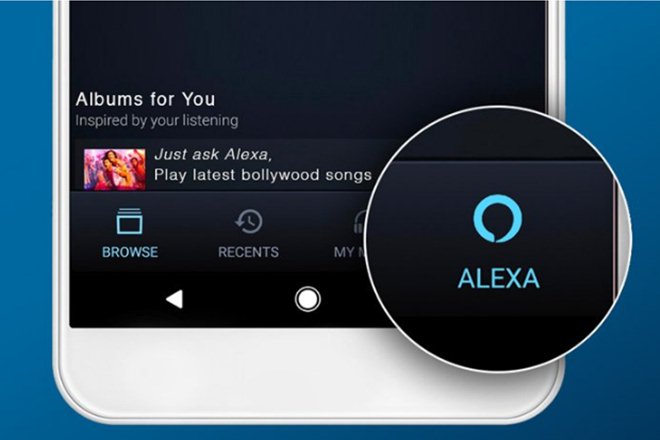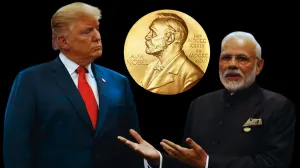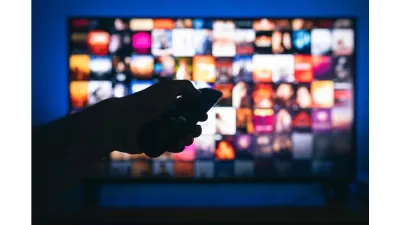Amazon finally announced the full-scale launch of its Prime Music service in India on Wednesday. Amazon Prime Music, or Amazon Music, comes at a time when the online streaming sector in India is already overcrowded with the likes of Apple Music, Google Play Music, Saavn, Hungama, Gaana, Wynk Music, JioMusic, Idea Music, and Vodafone Play Music. It was essentially introduced last year with the arrival of Echo speakers in India, however, it was limited only to Alexa-powered speakers with limited controls. Amazon Music is now available on Android, iOS, and Web, only to the Amazon Prime subscribers in India.
The Amazon Prime subscription recently came out of the introductory offer that earlier cost Rs 499 for a year, but after the offer concluded, Prime subscription costs Rs 999 per year. Now, you get a lot of things under the Prime subscription from Amazon – free one-day, two-day shipping from Amazon e-commerce website, Prime Video, and now Prime Music. The price of Rs 999 a year means that you pay around Rs 84 per month for all the benefits that come with the Prime subscription. As we said, the online music streaming market has seen a boom, so much so that today there is a plethora of options to choose from, including music services from the major tech giants such as Apple and Google.
If you consider the pricing of the Prime subscription, just for the music service, it sets you back by just Rs 84 a month. This is cheaper than almost all other music streaming services, where Apple Music monthly subscription costs Rs 120, Google Play music costs Rs 99 for a month, Saavn Pro costs Rs 99 a month, Gaana Plus monthly subscription is priced at Rs 99 a month, Hungama (Music) Pro costs Rs 99 a month, and Wynk Music Pro is priced at Rs 99 a month.
Now, how does Amazon Music fare against the existing music services? The Apple Music subscription is fully paid, which means that you cannot listen to music unless you either have an active trial period running or a subscription costing Rs 120 on a monthly basis. Google Play Music, on the other hand, has a limited access to the music services without a subscription – you can listen to curated song generated radios, not the particular song, in addition to the music stored on your device. Saavn, Gaana, Wynk, and Hungama offer ad-supported music versions to the customers if they are not subscribed to their respective plans. You can listen to any music you want, play artist radio, listen to podcasts, and other services provided by respective music streaming services, along with advertisements. If you wish to do away with the ads, you will have to pay monthly subscription charges.
Amazon Music, on the other hand, is a part of the Prime subscription that most of the people usually have these days. However, if you belong to the rest of the clan, Amazon offers a trial of its Prime service for a month. You pay Rs 999 for a year and get all the benefits, including the ad-free Amazon Music service that comes with Alexa integration within the app. If you have been using Amazon Music on the Echo devices in India, your playlists and music history will be synced across the devices. In addition to the Echo speakers, Amazon Music can be accessed on Android, iOS, Web, Fire Stick, and Alexa-enabled devices.
The app interface of Amazon Music is quite intuitive and simple. You are welcomed with the homepage that has all the music of the language preferences you set at the setup. You have four tabs in the app given at the bottom, along with the music player control circle widget that supports gestures. The Alexa integration will let you give voice commands to the app to play a certain song, or start a radio based on a particular artist. Amazon says that Alexa can even recognise the song if you just tell the lyrics to it. Well, in our experience that we had with the app, the Alexa integration is an unnecessary addition to the app. Playing music without holding the device, and with your voice works smoothly on Echo speakers and other digital assistant powered devices, but the integration of Alexa in the Amazon Music requires you to tap on its icon to activate and then give voice commands, which isn’t really handsfree.

Anyway, Amazon Music promises a clutter-free experience to the users, should they be getting bored of their existing music app or first-time users to online music streaming. Everybody has their preferences to music and other app features that make them like a particular service, and there is no reason to switch to Amazon Music if you like what your music service is offering at its respective subscription price. But, if you want to explore and have an existing Prime subscription, then you may well go ahead and give Amazon Music a shot.








